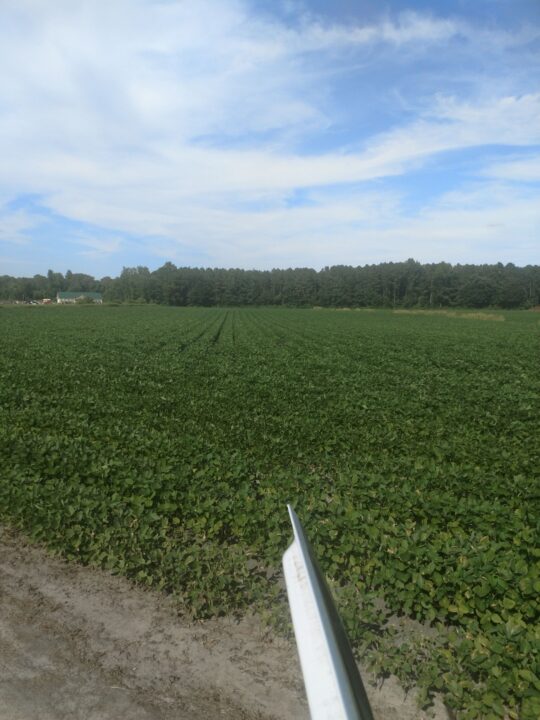Pistachio Consumption Up Worldwide
Pistachio consumption has increased substantially in international markets between 2015 and 2017, and U.S. growers have been providing a lot of those nuts, according to a report released this week by the California State University, Fresno (CSUF) Department of Agricultural Business, Jordan College of Agricultural Sciences and Technology. The report also shows, precarious as U.S. and China relations may be, the critical importance of the massive Chinese market.
The U.S. remains the largest producer of pistachios in the world with approximately 99% grown in California, where climate and precision agriculture practices produce high-quality nuts. Paired with the fact that approximately 70% of pistachios grown in the U.S. are exported, this data shows how popular the nut is worldwide.
For the study, trends were reviewed in China, South Korea, Germany, France, Italy, Spain, and the United Kingdom — seven nations considered to be primary trade partners for U.S. pistachios. Of these, only Spain, Italy, and nominally China, produce pistachios.
Additionally, the study includes India as an important emerging market. For the report, CSUF researchers used data for total pounds of pistachios traded across borders accessed from the Global Trade Atlas.
China is, by far, the largest consuming nation of pistachios, and there has been a whopping increase of 182.4% in consumption over the past three years. The U.S. share of the market totaled 96.6% in 2017, an impressive 74% increase over three years.
South Korea has seen a 47.2% increase in pistachio consumption since 2015. The U.S. has maintained nearly 100% of market share in South Korea.
Germany has seen 84.2% growth in consumption over a three-year period. The U.S. share of the market in 2017 was 45.4%, up 16.1% since 2015.
Spain has increased consumption 29.8% since 2015. The U.S. share of the market in 2017 was 31.7%, an increase of 31.6% since 2015. However, Spain has new plantings of pistachios, and most will come into production within the next two to three years.
Italy, too, grows pistachios and is known for the ‘Bronte’ variety, prized for its dark green color. Consumption of in-shell pistachios over the past three years has risen 41.2%, and the U.S. share of the market in 2017 was 31%, an increase of 41.2% over 2015.
France has seen a 20.1% consumption increase over the past three years. U.S. share of the market in 2017 was 42.6%, which is actually 1.7% lower than its 2015 share, although overall volume for U.S. product is up.
The United Kingdom is something of an outlier, as, since 2015, there has been a 34.4% decline in overall pistachio consumption. However, the U.S. gained a 68.7% share of the market in 2017, thus more than doubling consumption of American pistachios.
India’s pistachio market is dominated by Iran and other Middle Eastern countries, which have conducted pistachio trade with India for hundreds of years. However, the U.S. pistachio industry has seen its market share grow 146.7% there over the past year. Overall consumption of the nut has increased by 49.6% in India over the past three years.
The overall global increase in demand is likely due to global health trends and a growing body of scientific research that ties pistachios to a wide range of benefits, including weight management, blood sugar control, and a lower risk of cardiovascular disease, says American Pistachio Growers Vice President of Global Marketing Judy Hirigoyen.
“We’re finding that not only is overall consumption of U.S. pistachios increasing, but consumers are also broadening their consumption timeframe,” she says. “While nuts have traditionally been consumed during winter months and holidays, we’re seeing increases during spring and summer months as consumers learn about the health attributes pistachios have for athletic individuals and weight management.”









